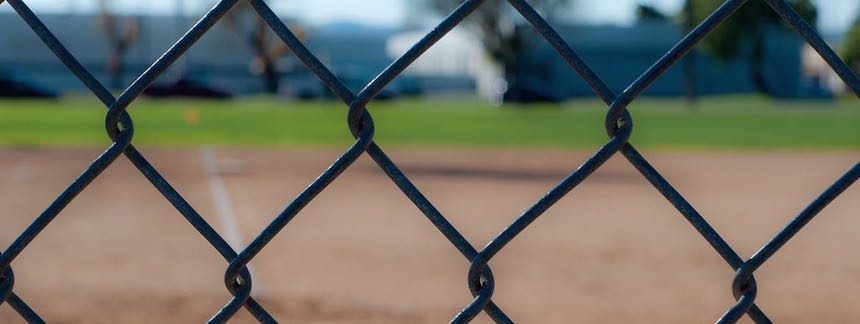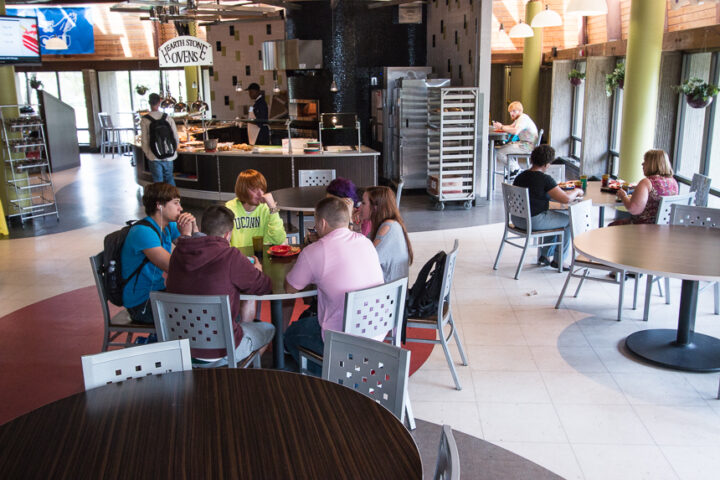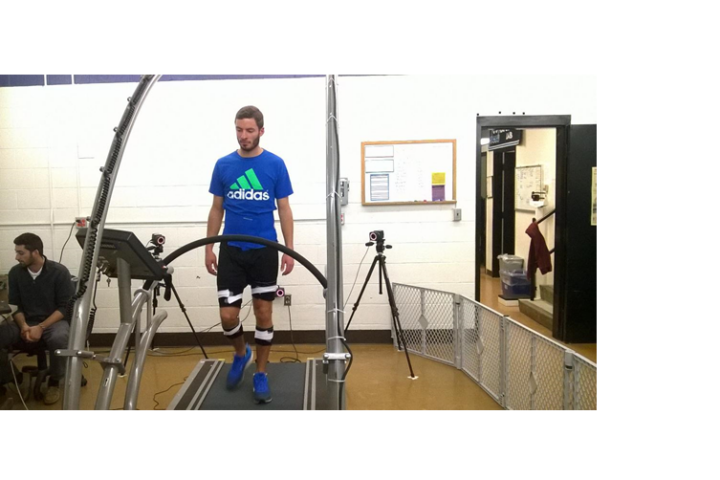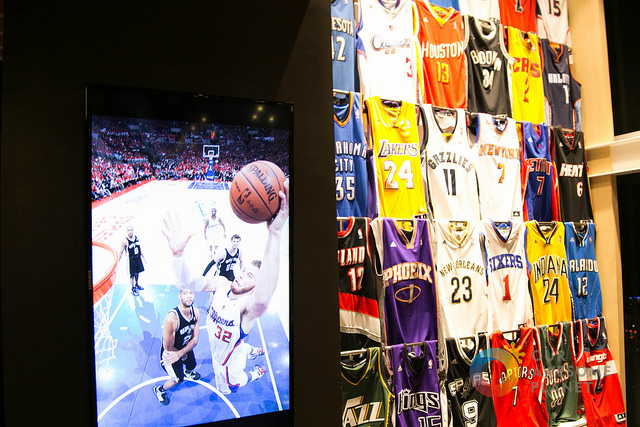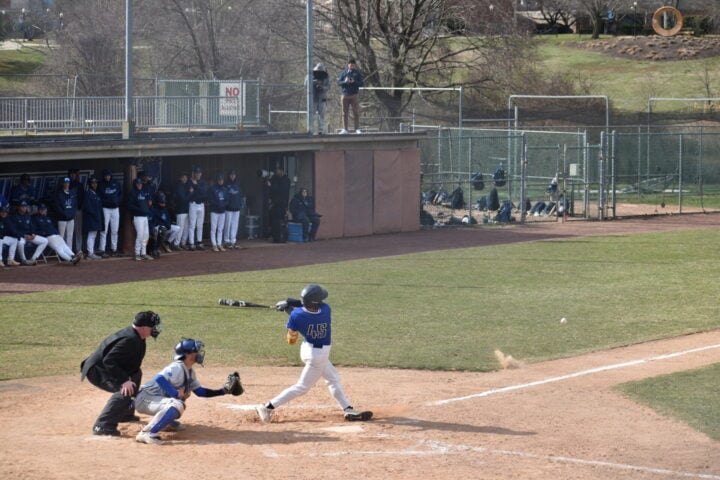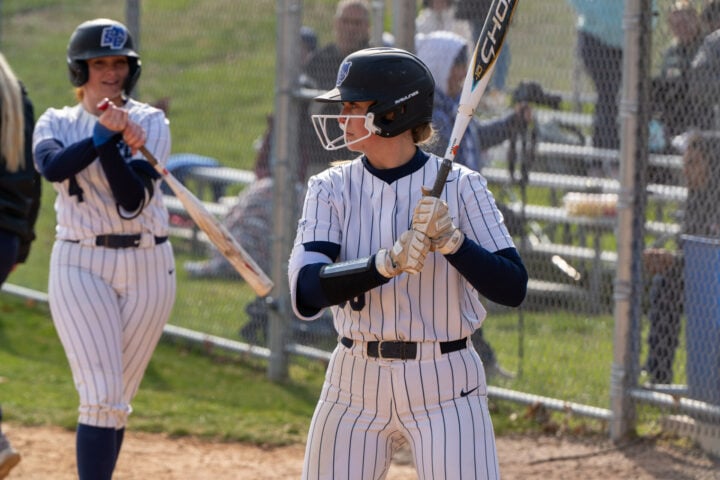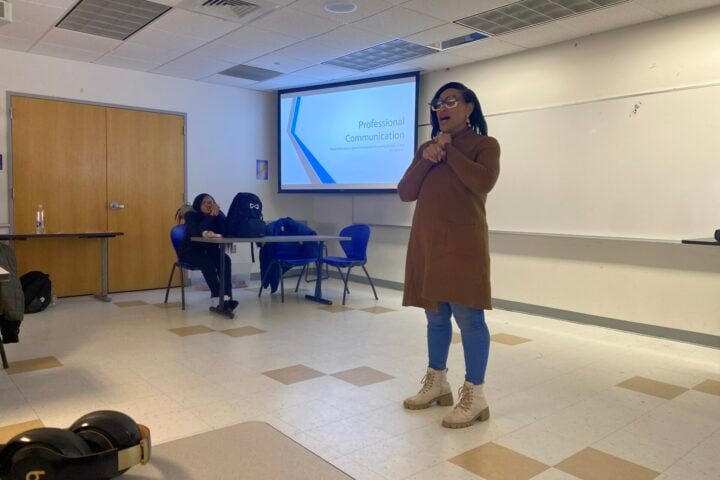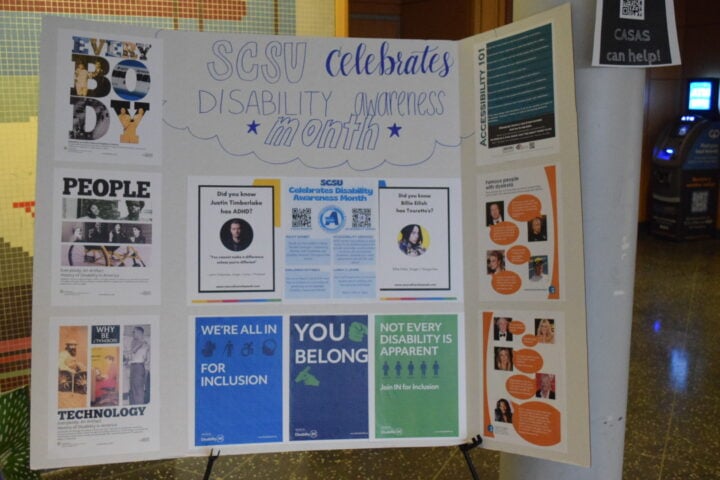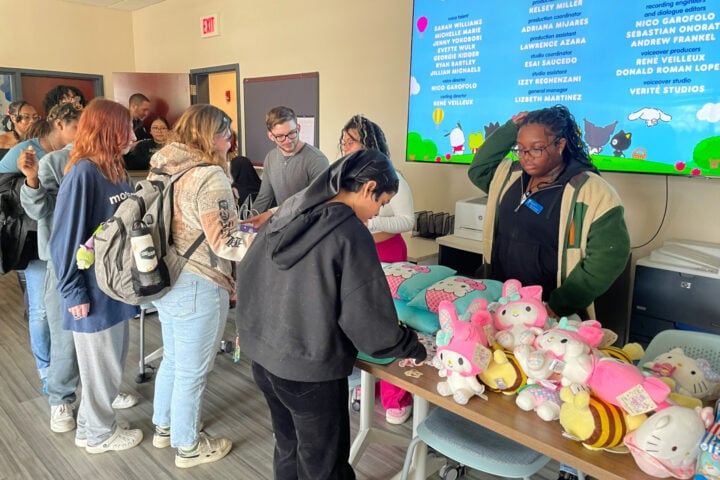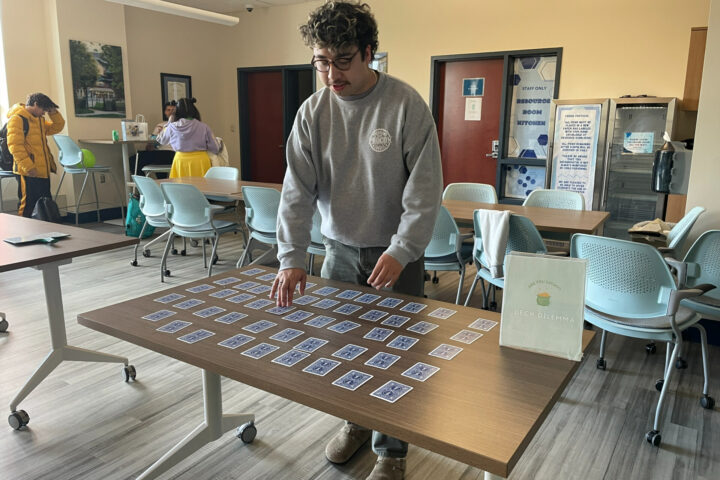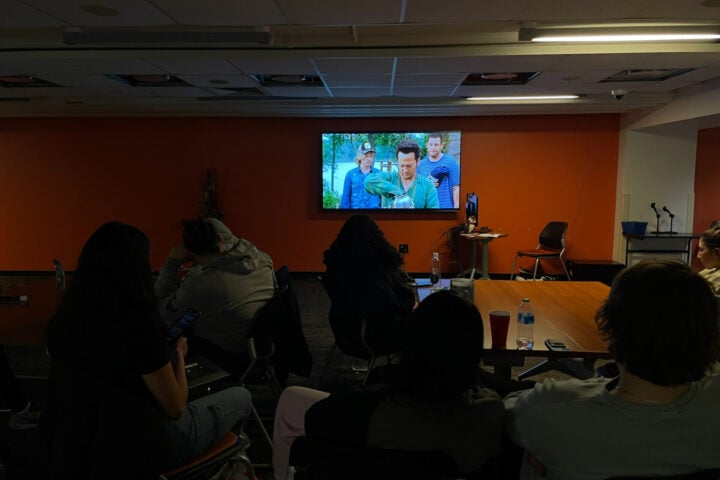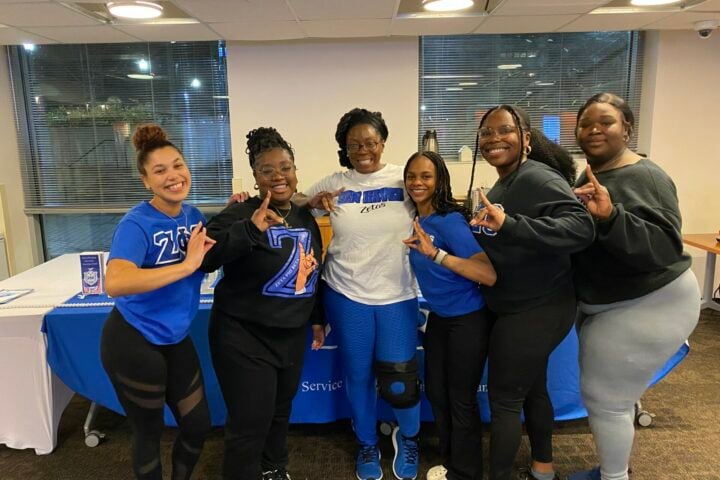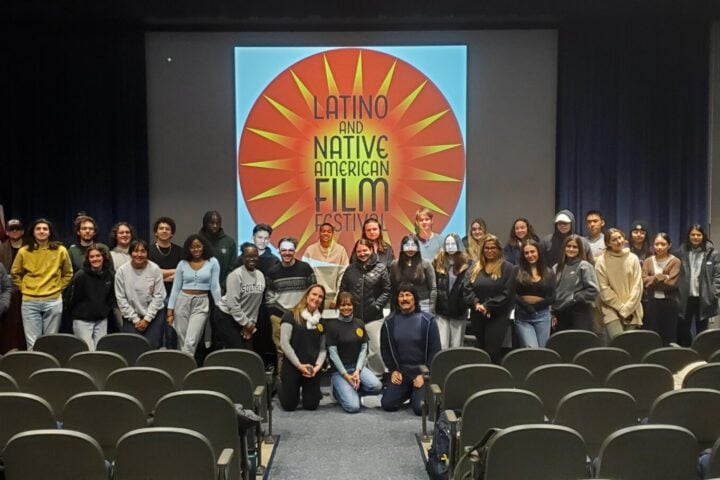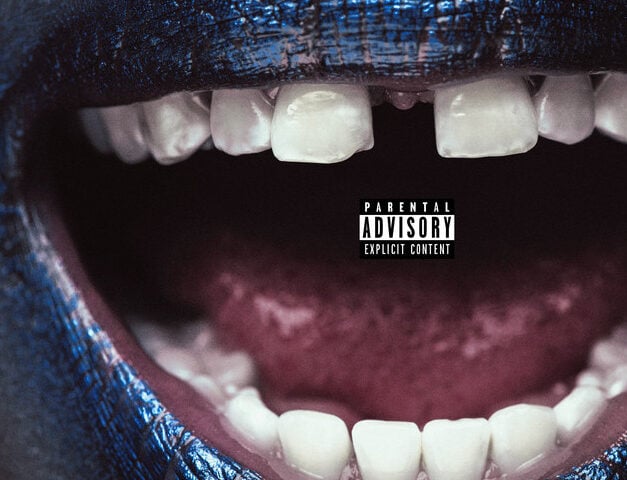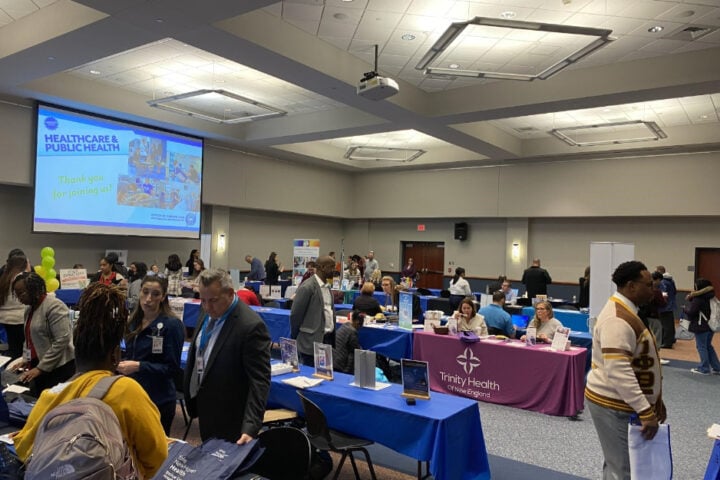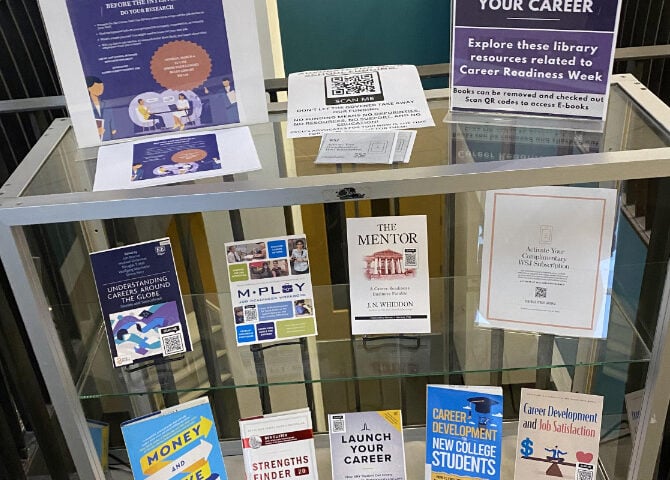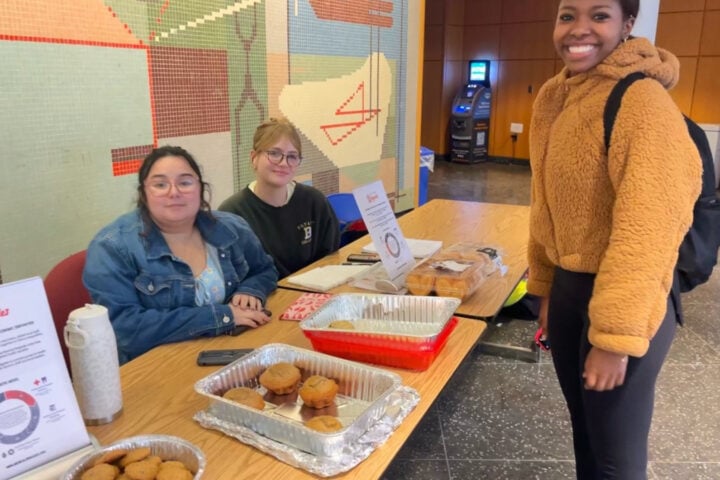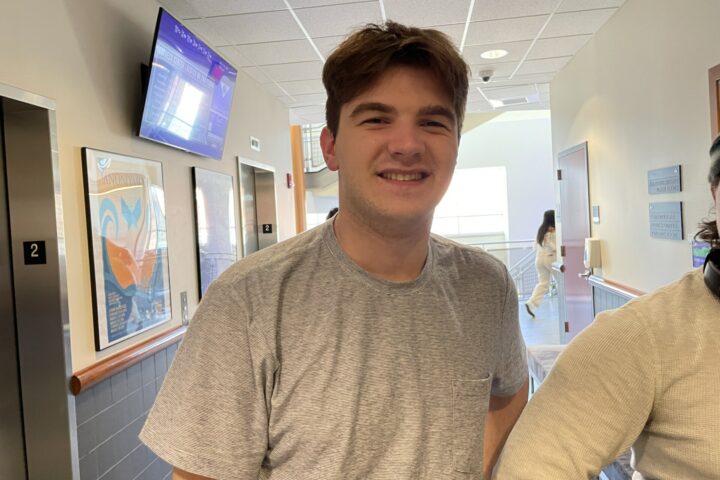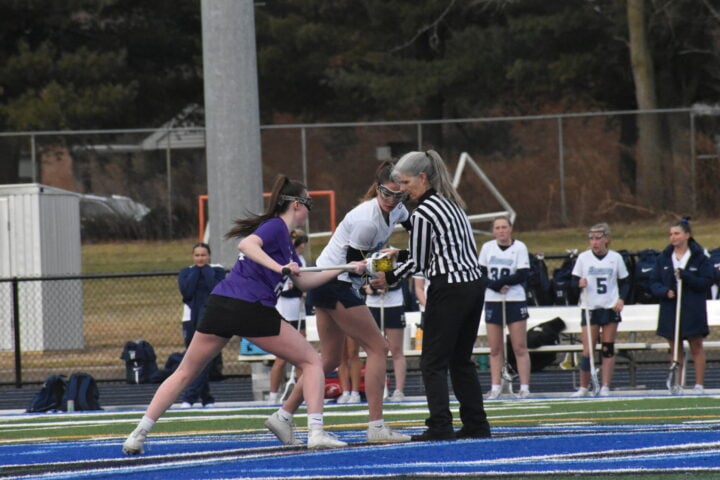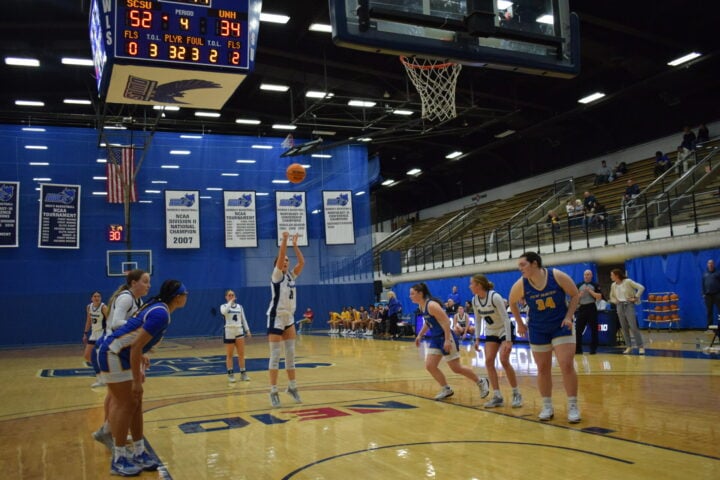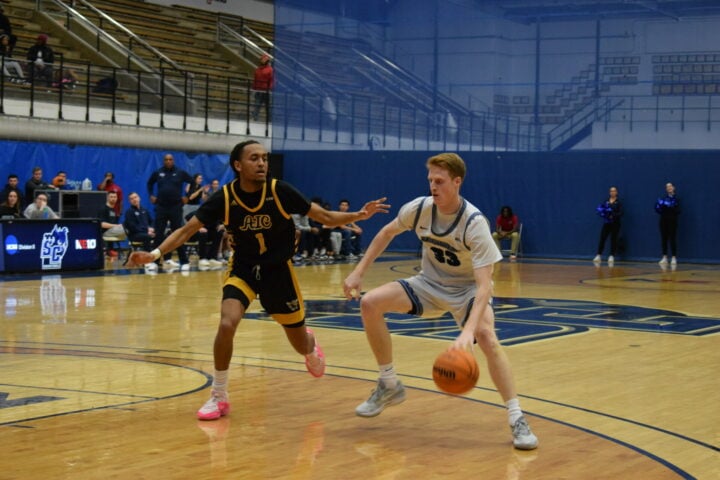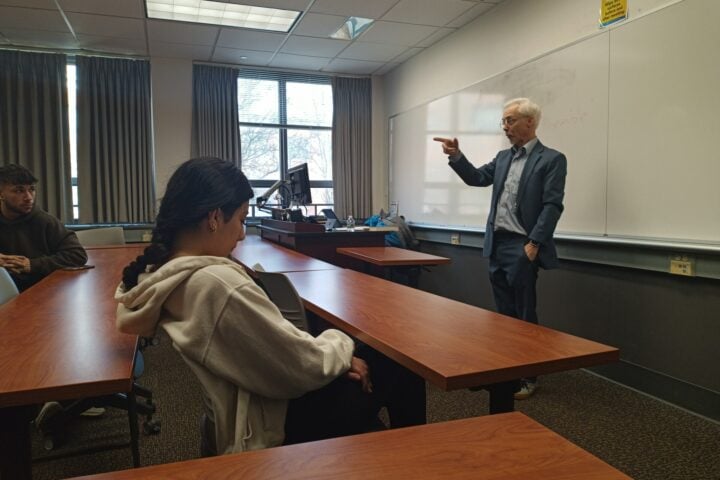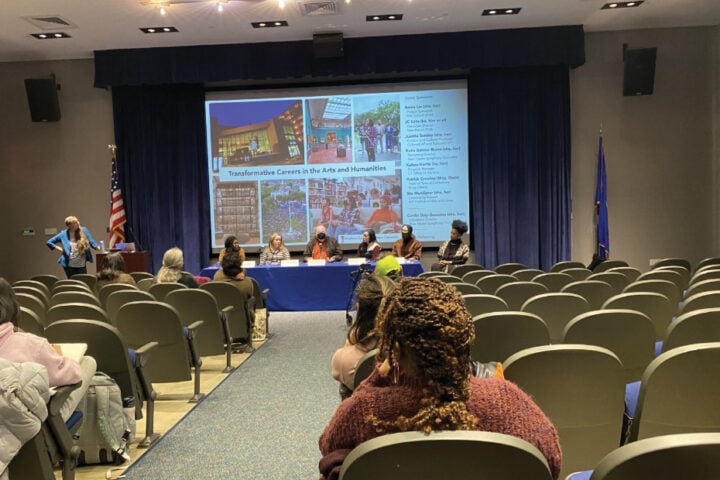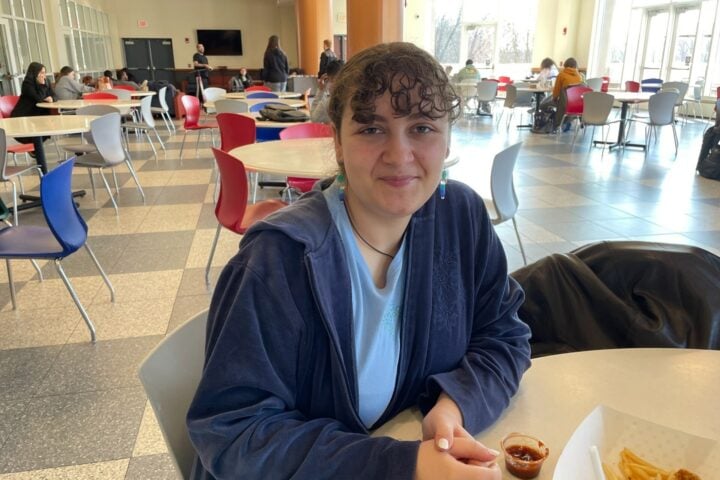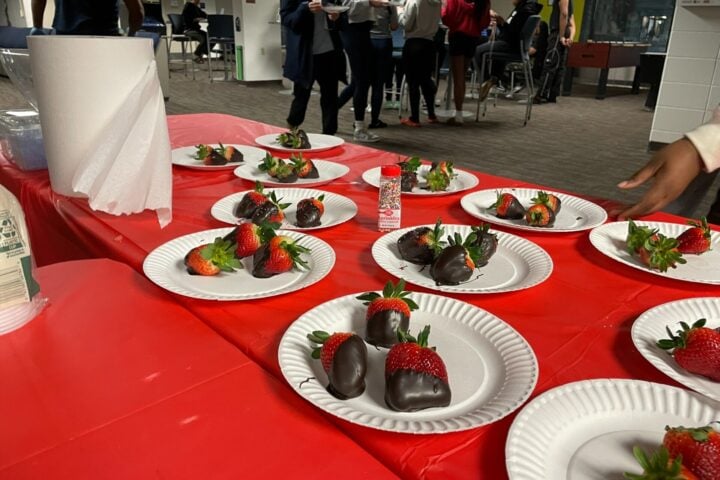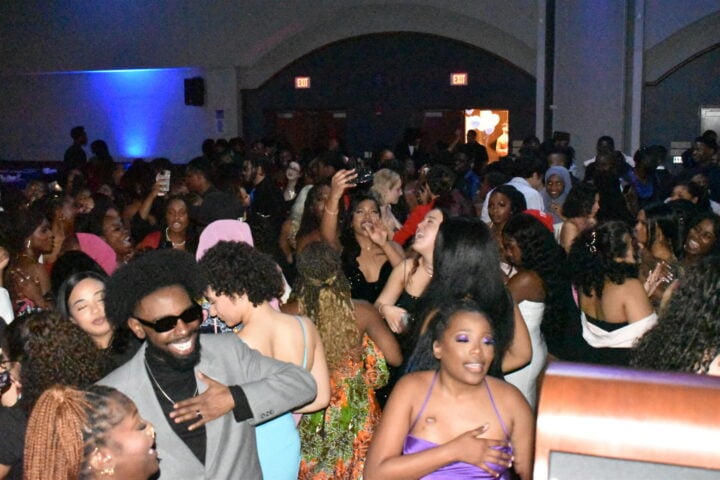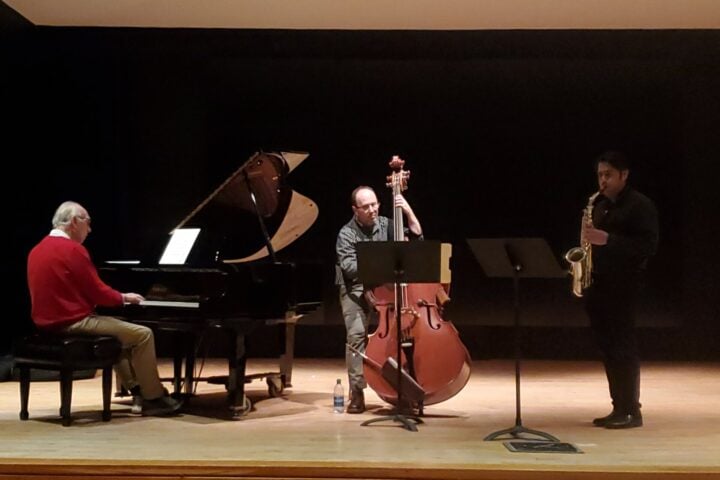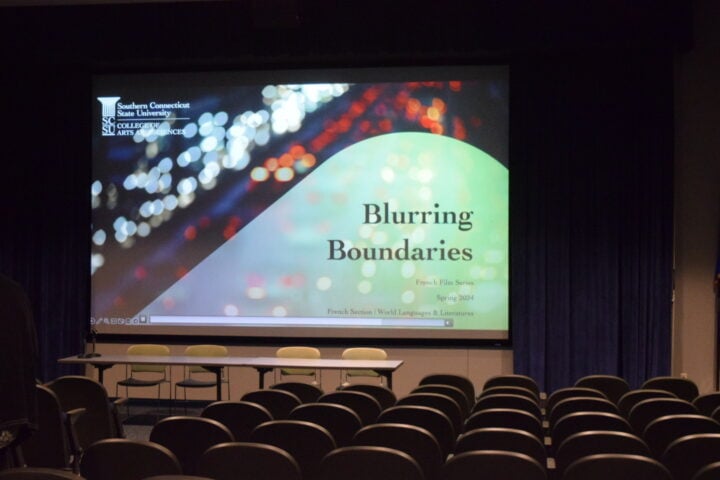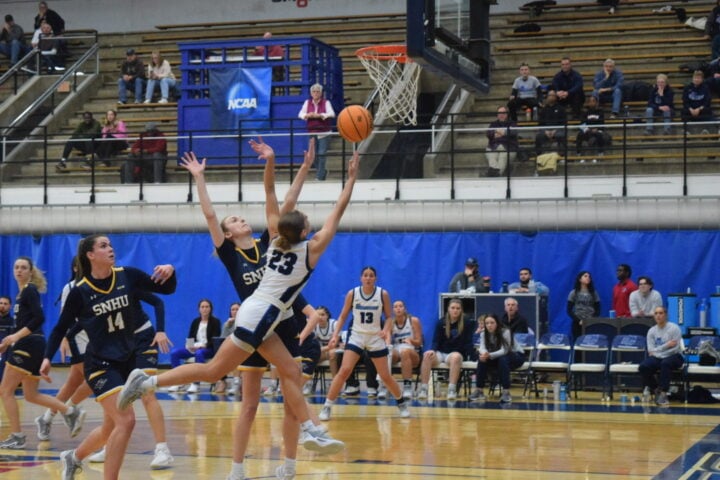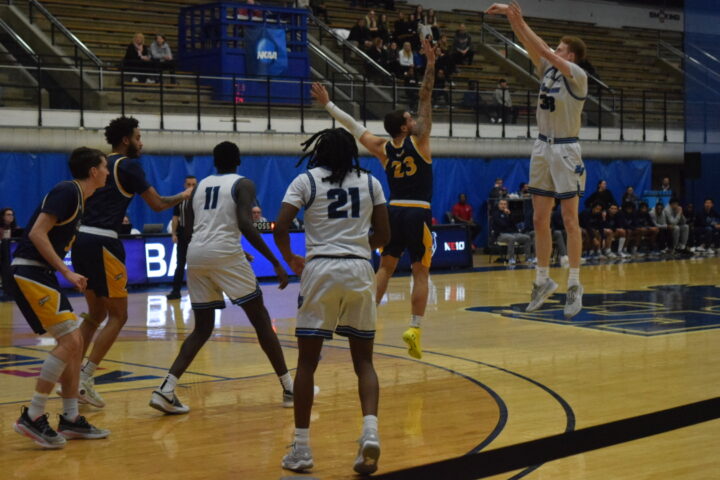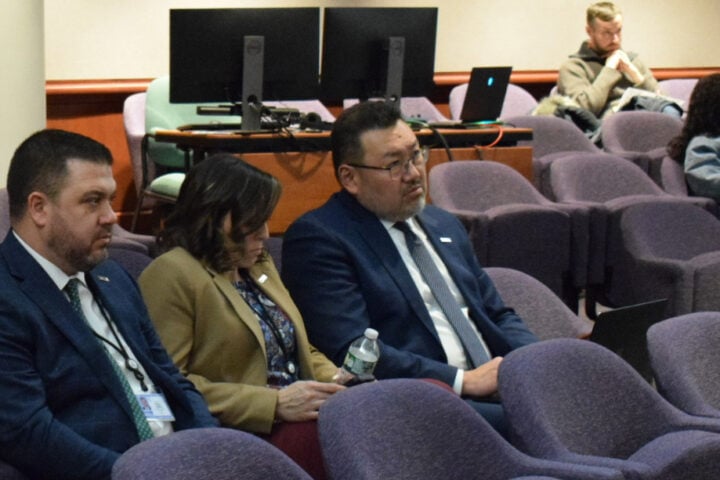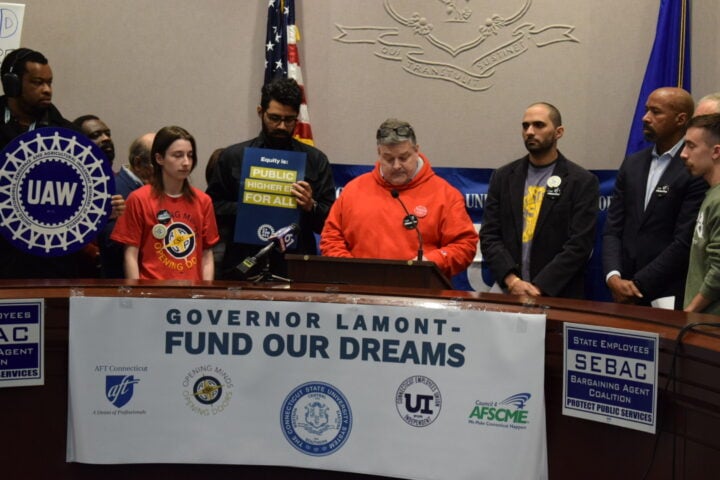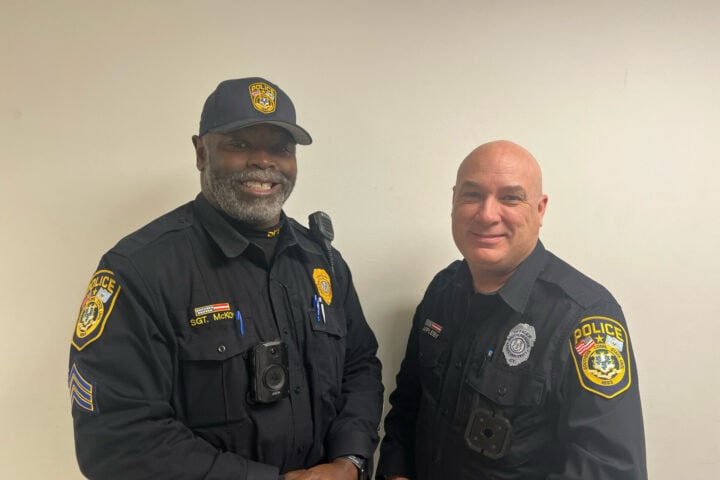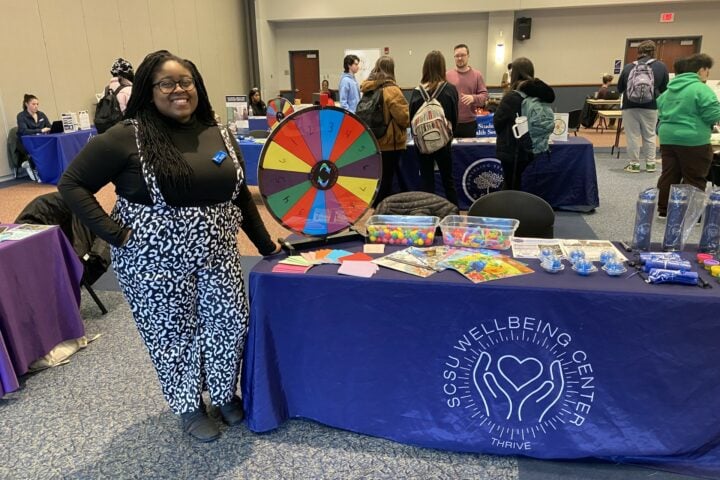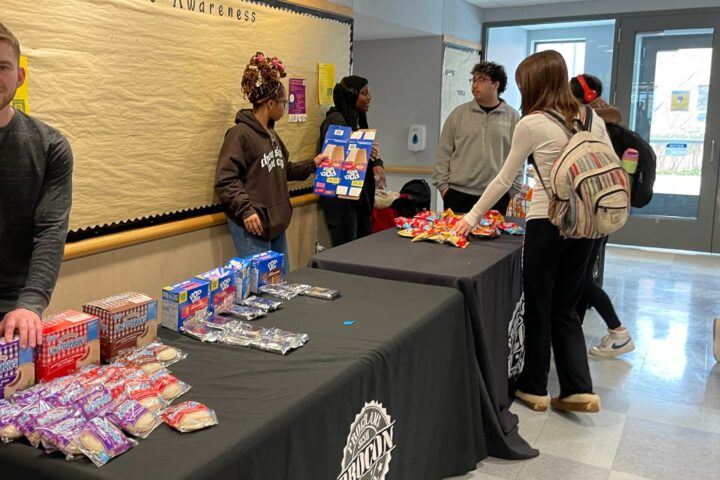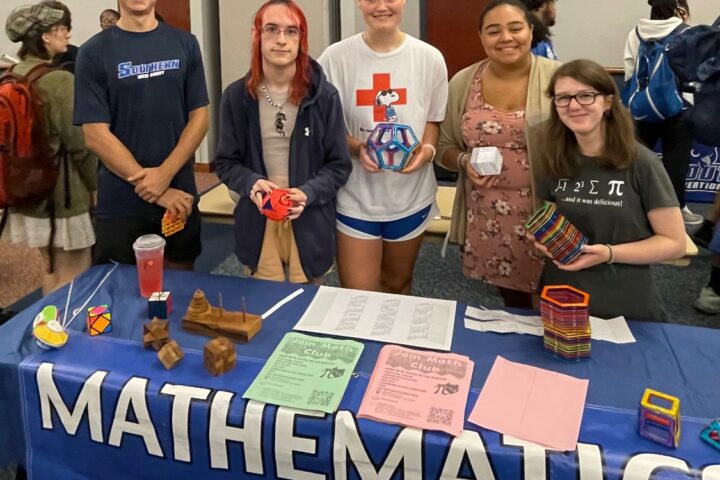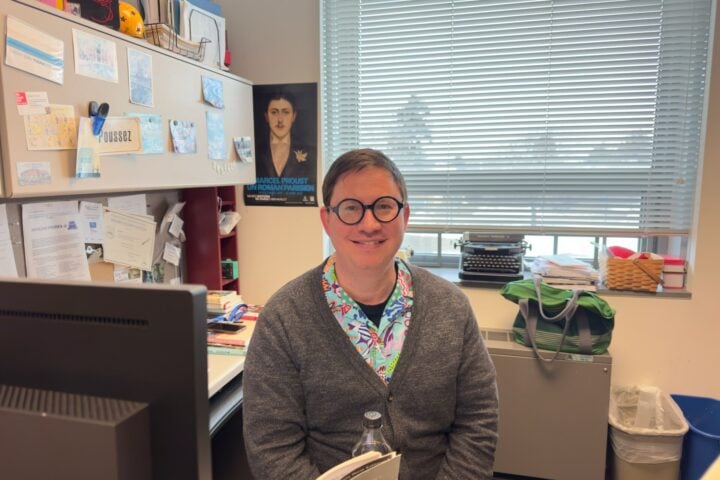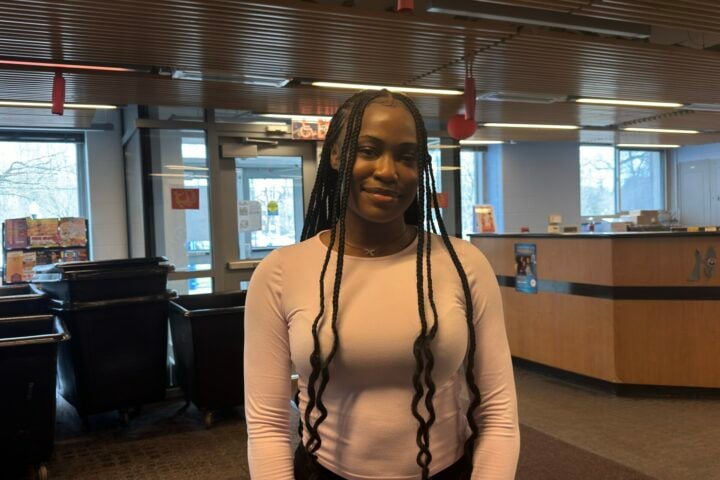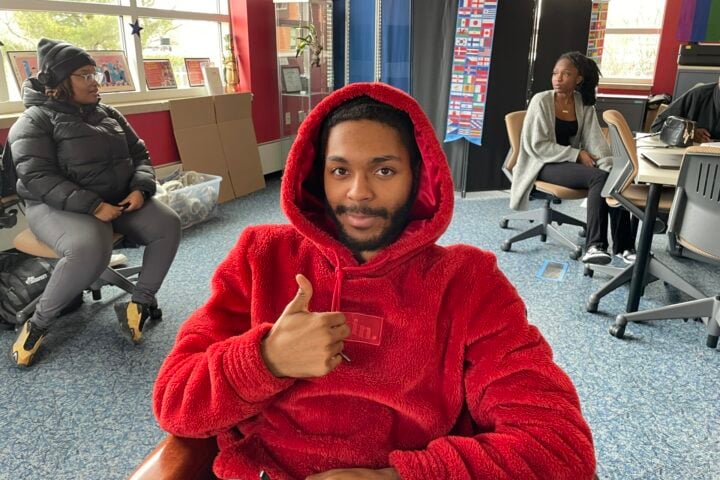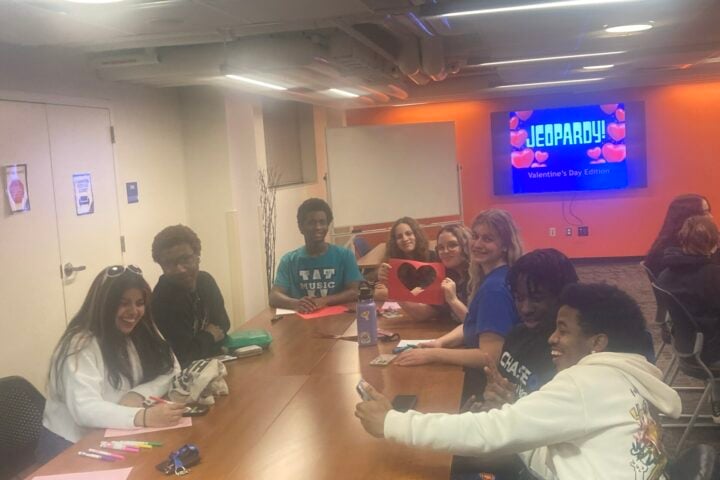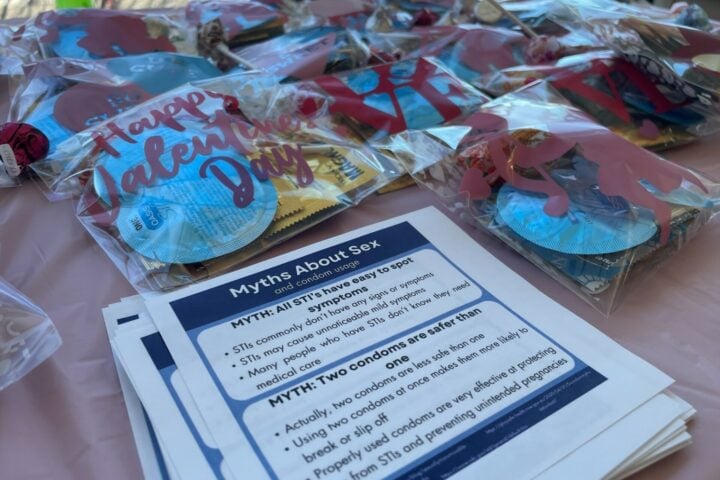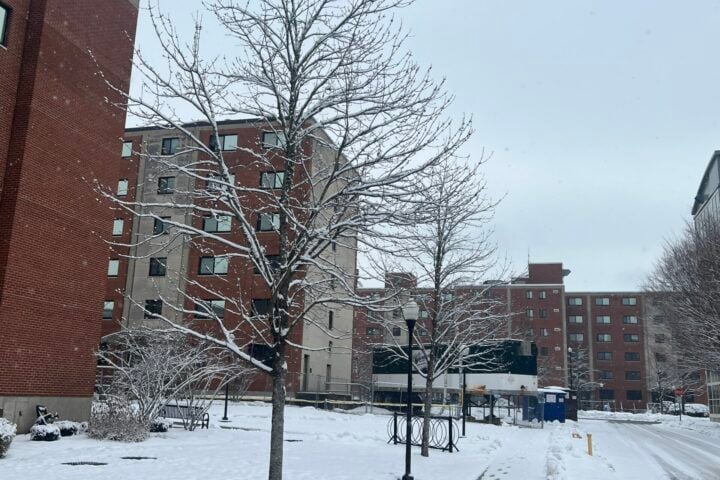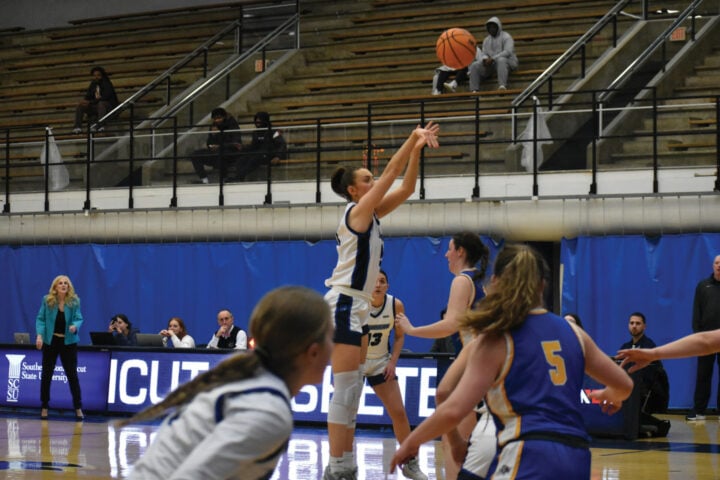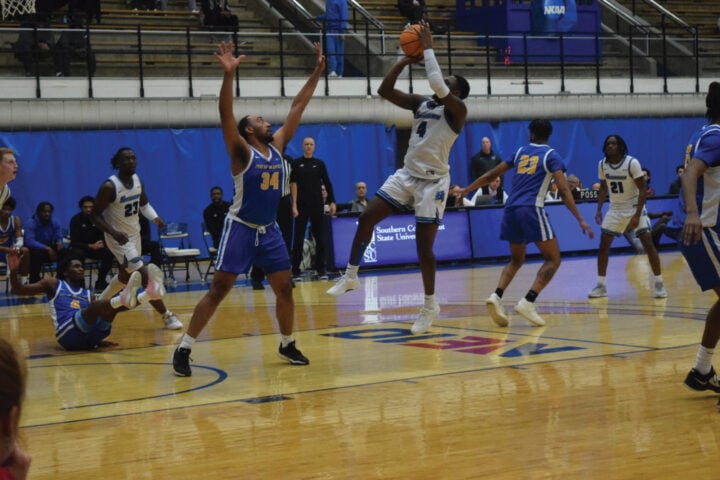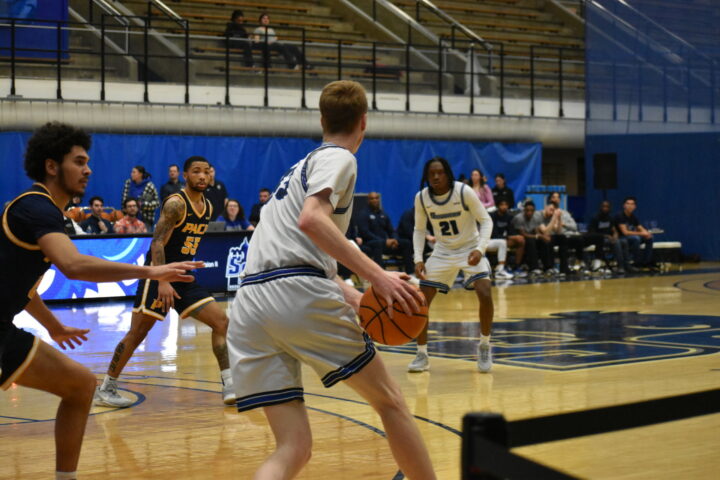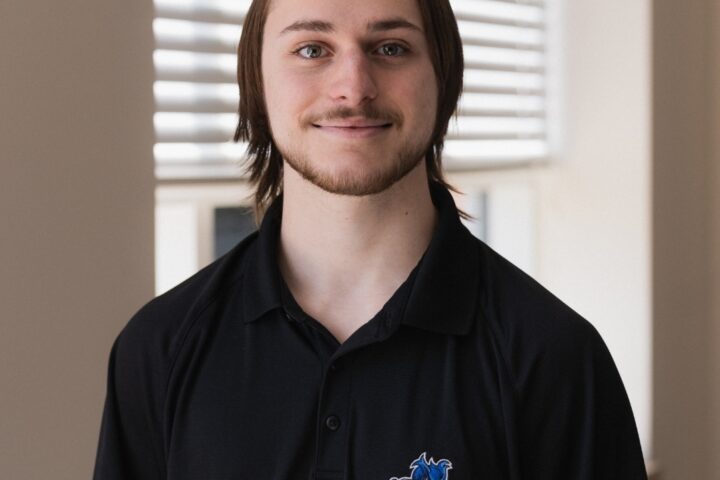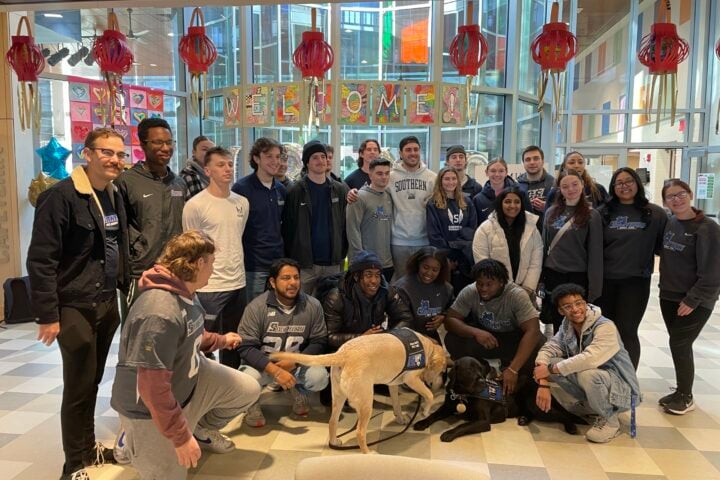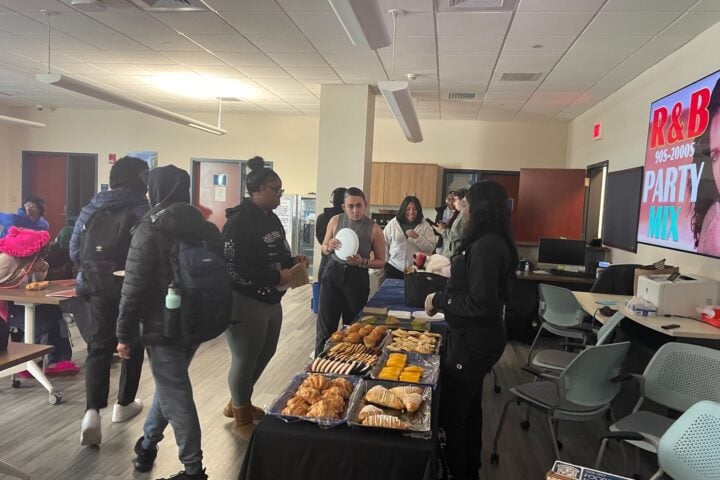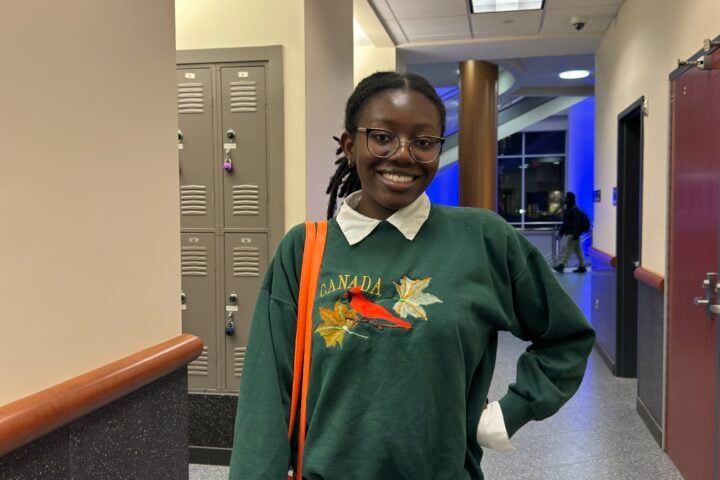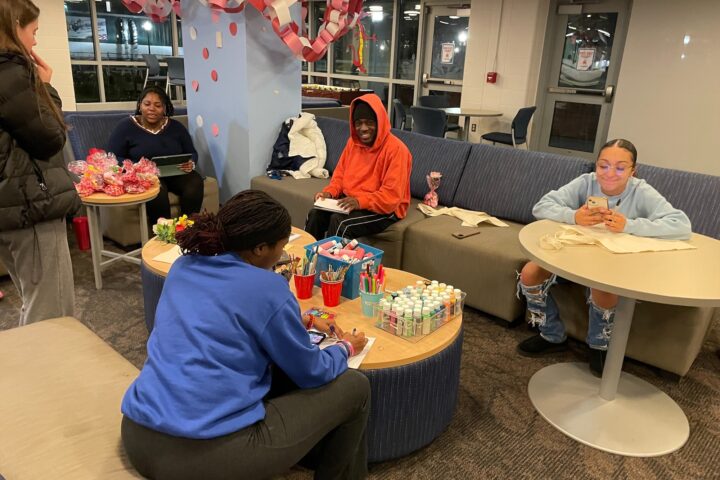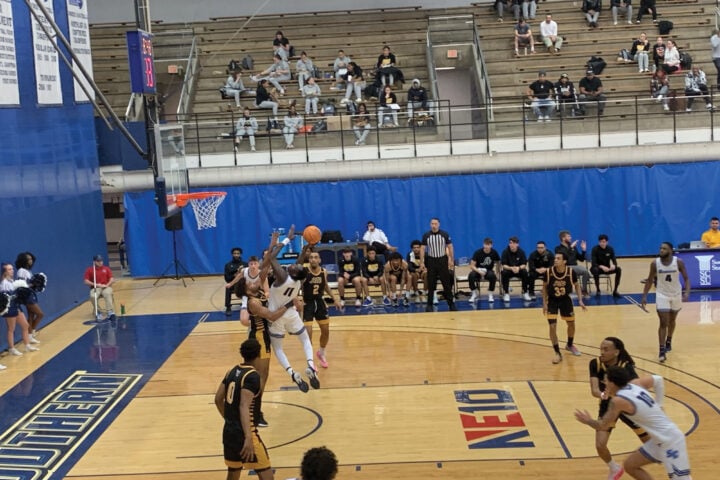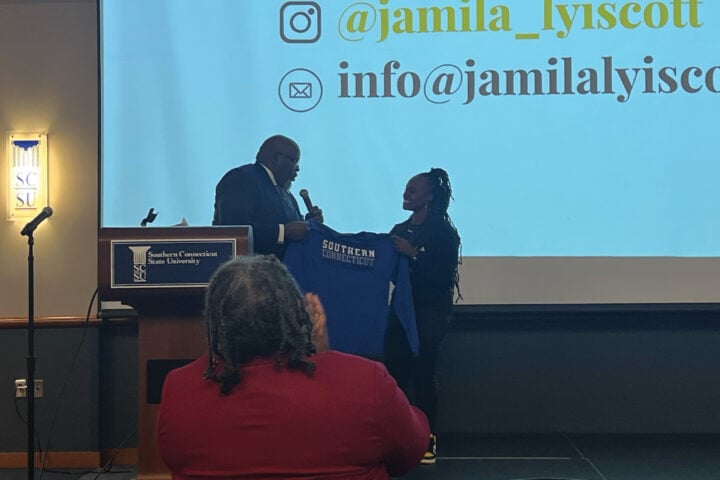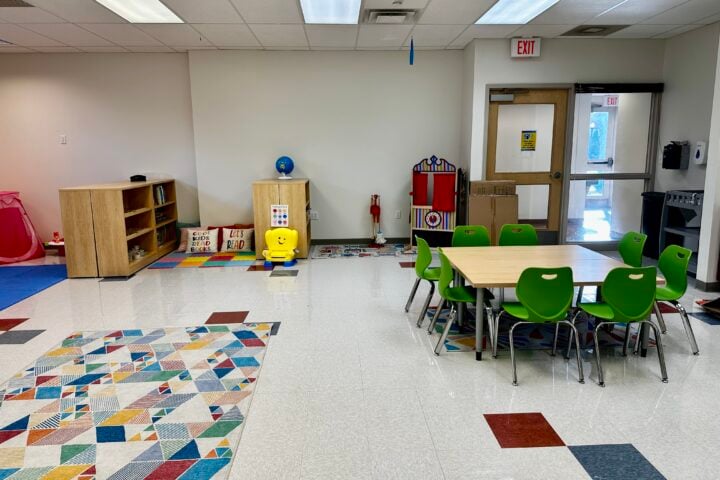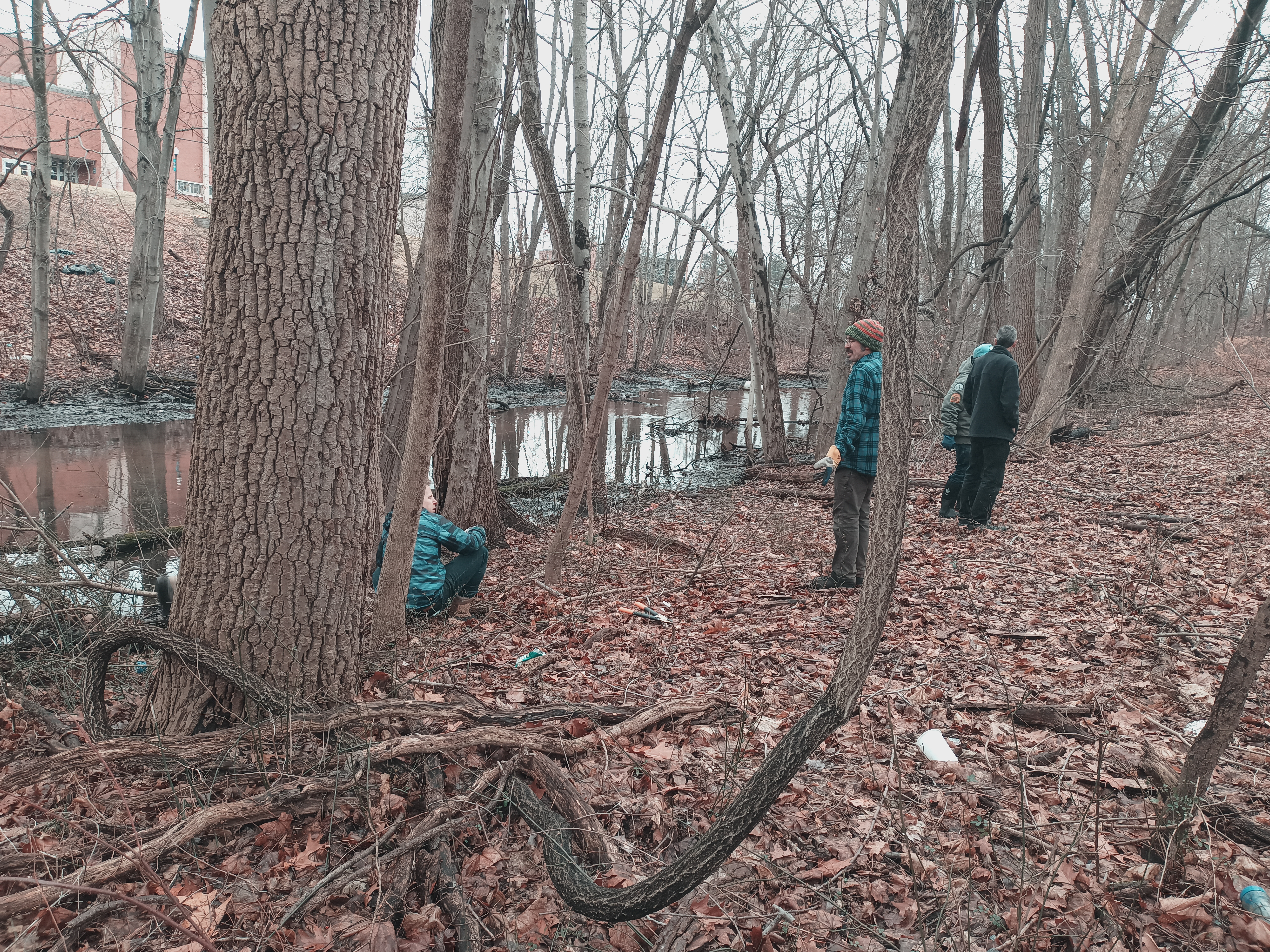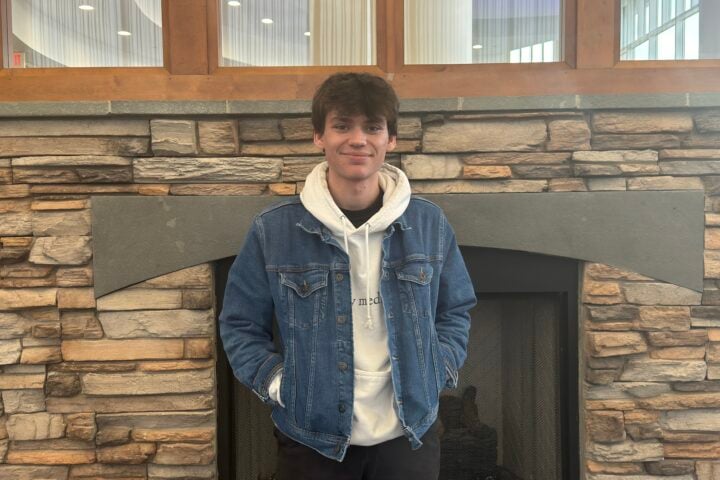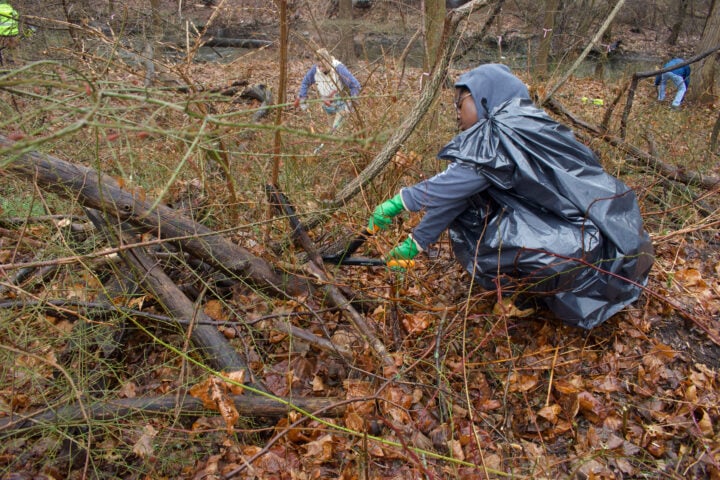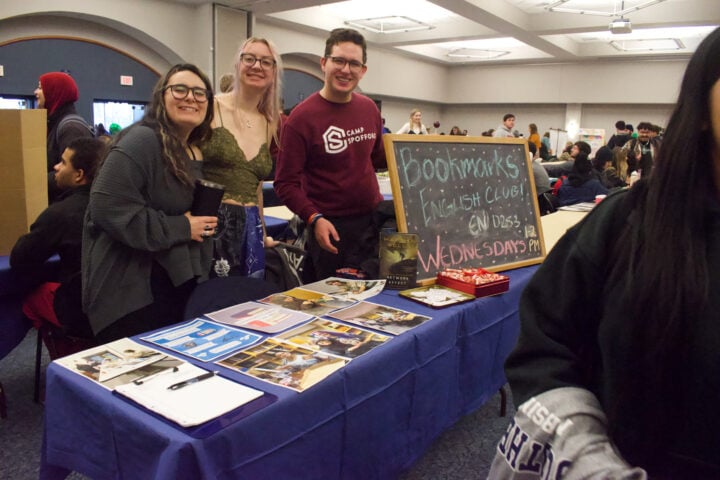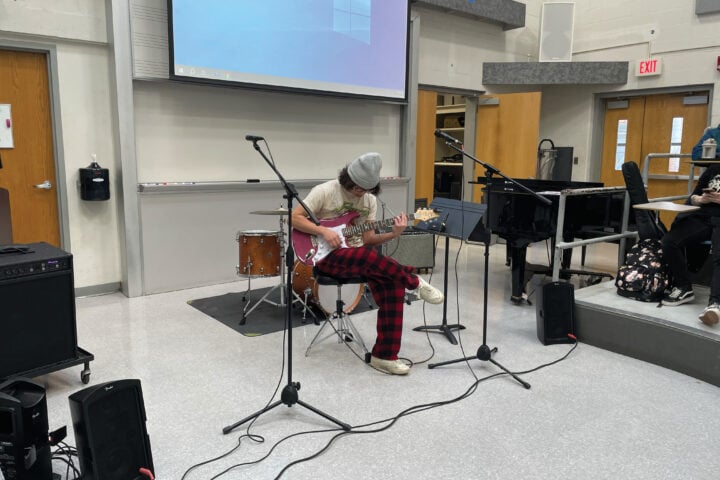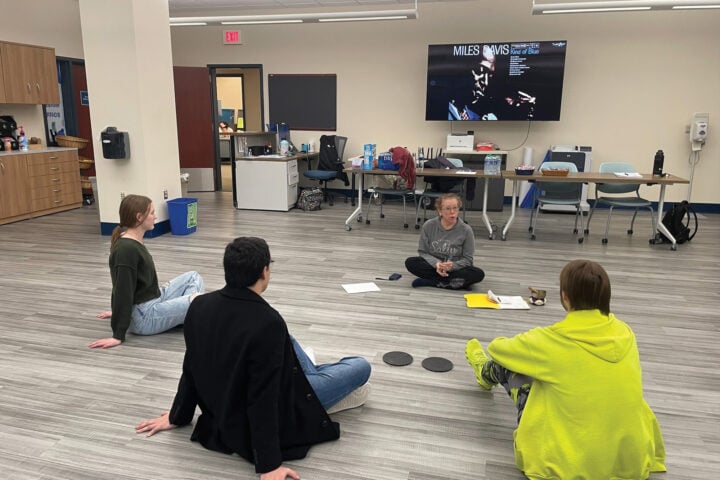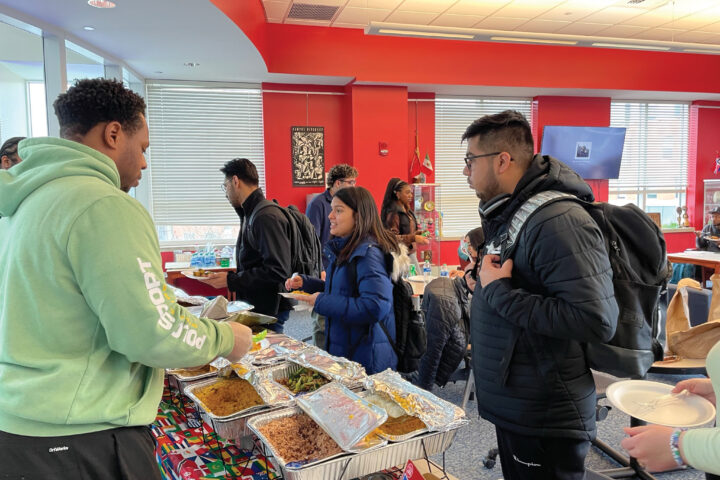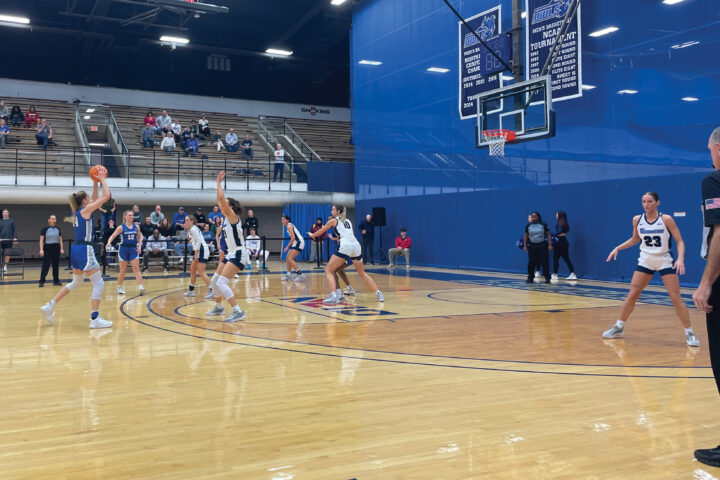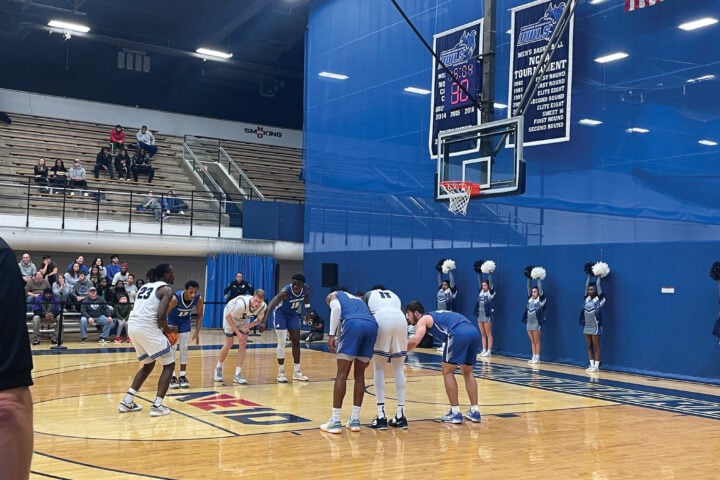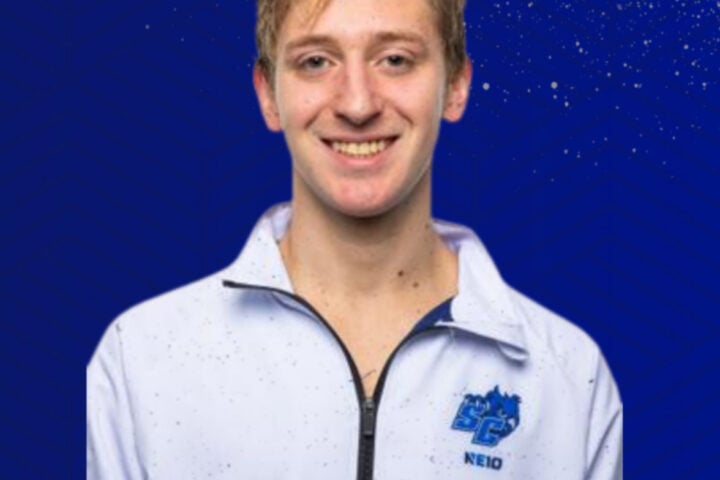Edgar Ayala – Sports Writer
With every sport comes the risk of injury. At times, it’s only a couple of weeks, while others are career defining, like Derrick Rose.
The Chicago Bulls guard has had numerous injuries throughout his professional NBA career, which has held him to perform and replicate his 2010-11 MVP days.
We all know Rose’s story, but now it’s time to hear athletes from Southern Connecticut share their stories on what they did to overcome adversity.
Louis DiRienzo, a redshirt senior for SCSU’s football team, experienced an injury last season that ended up putting him out for the remainder of his senior year.
The first game of last year, against Gannon University, DiRienzo tore his meniscus in his right knee after a tussle with one of the linesman, causing him to miss the remainder of the season.
“I was trying to come back for the middle of the season,” said DiRienzo, “but I actually ended up having the same tear in my left knee, and ended up having two surgeries in a five month span.”
Despite missing a year of football action, DiRienzo was able to play the home opener against the team that injured him in the first place. He said that even though he felt nervous coming into the game, he was just happy to finally be back playing the game he loves.
“If it’s something you love, you just work for it,” DiRienzo said. “I wanted to get back on the field and be ready to play September 5 against Gannon. And my hard work, listening to doctors and trusting the process, got me through what I had to get through.”
Yet, some people may still wonder what athletes actually go through when they’re recovering from their injuries.
Gary Morin, Southern’s athletic trainer for the past 25 years, said he usually begins to determine the athlete’s region of pain and the extent of the damage. Afterwards, he begins the restoration process of muscle strengthening, full joint motion and making sure they have a solid neurological function.
“To improve an athlete’s movement, we often use stretching techniques to help elongate tight muscles and joint mobilization techniques to loosen tight joints,” Morin said.
“To strengthen an injured area, we may begin with isometric exercises as a safe method to encourage muscle function and gradually progress using sandbag or hand weights and then move up to heavier intensities.”
But even after the athlete recovers, going back to the Rose example, will they still be able to compete at the level they once did?
Juliana Santos, a freshman midfielder for SCSU’s women’s soccer team, said she is confident that she’ll be able to come back better, faster and stronger after her injury heals.
Santos, who tore her ACL back in May during pre-season, said she does physical therapy exercises for her leg in the mornings and goes to the weight room in the afternoon to work on her cardio, upper body and core.
She added that after nine months without any action, she’s starting to get impatient about having to watch her teammates play while she watches from the sidelines.
“I don’t want to play… I need to play,” Santos said. “It’s so hard to watch your teammates play the game you love day in and day out, wishing you could at least get a touch on the ball. It has definitely given me much more appreciation for the game.”
Appreciation is what one needs when injured. According to Morin, the athlete has to be willing to go through a long and frustrating rehabilitation process if they wish to get back to full health, the main priority for both the athlete and the athletic trainer.
Photo Credit: John Liu
